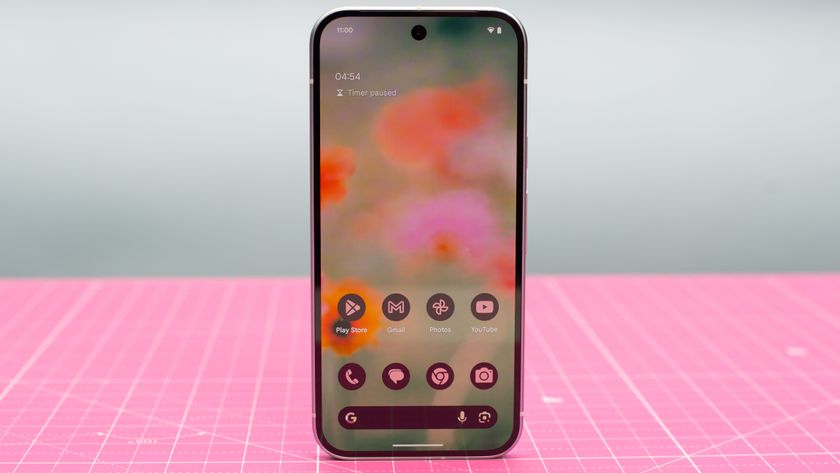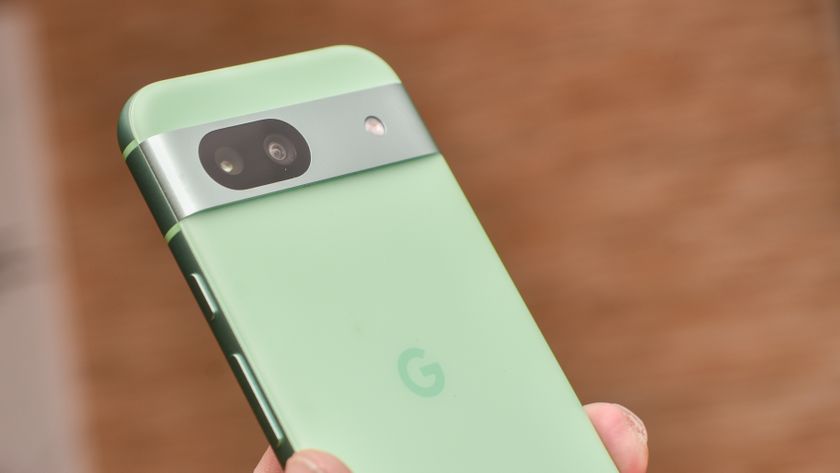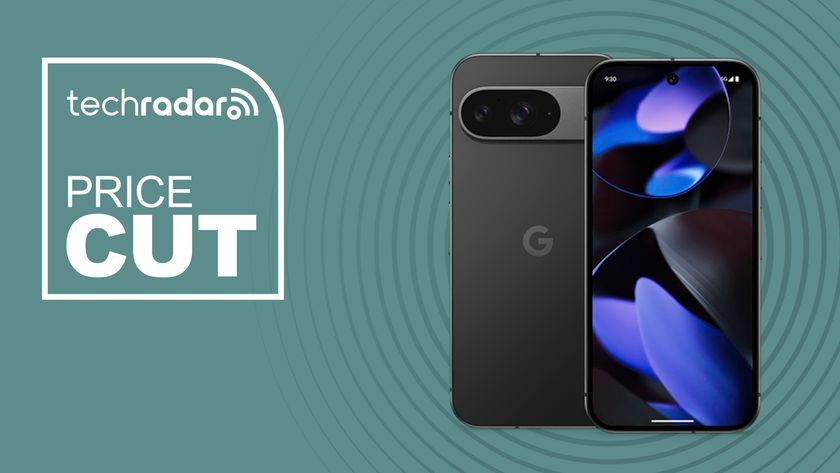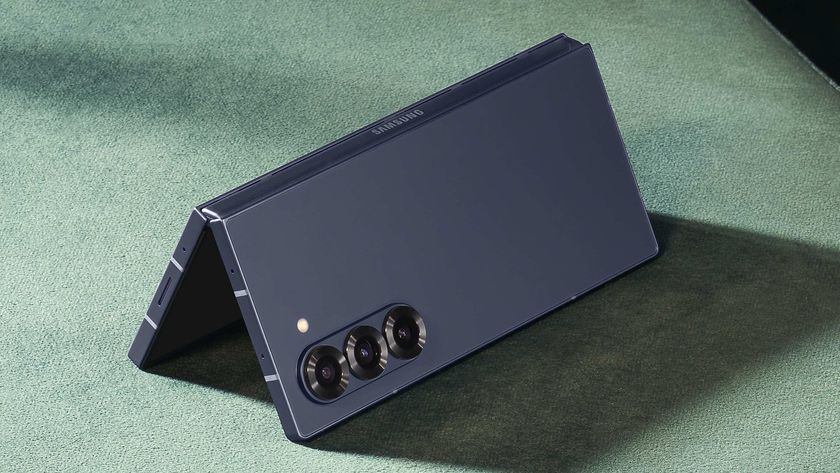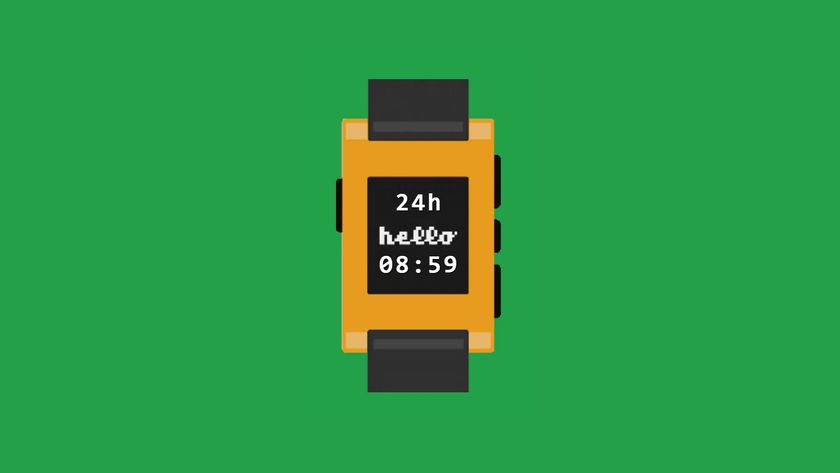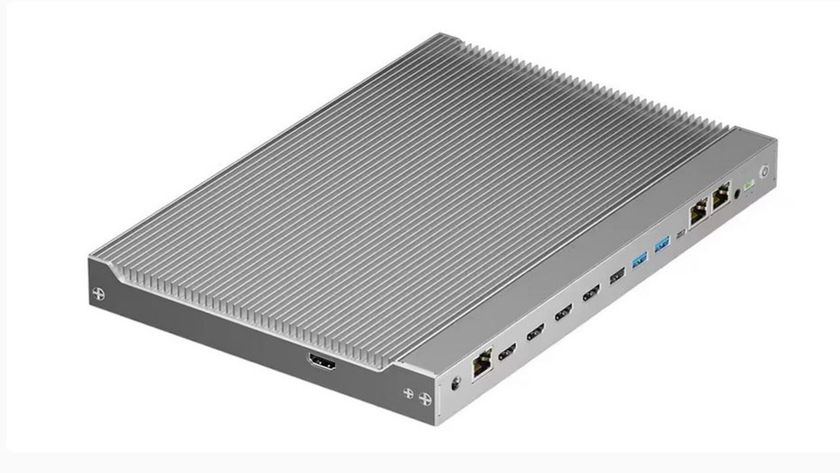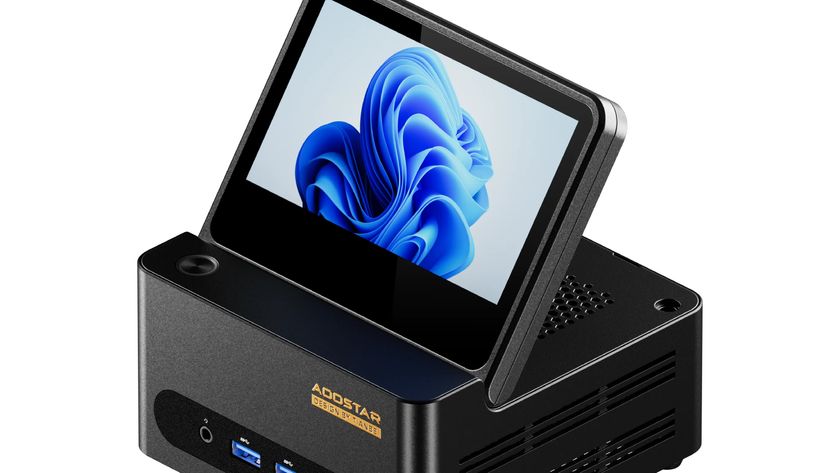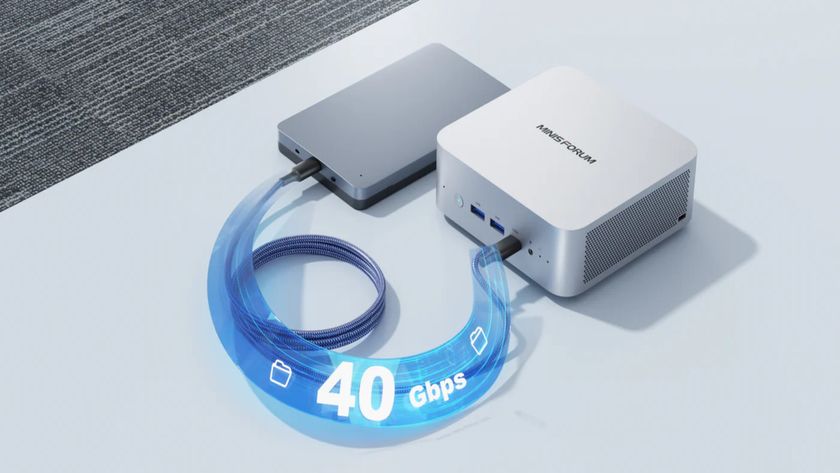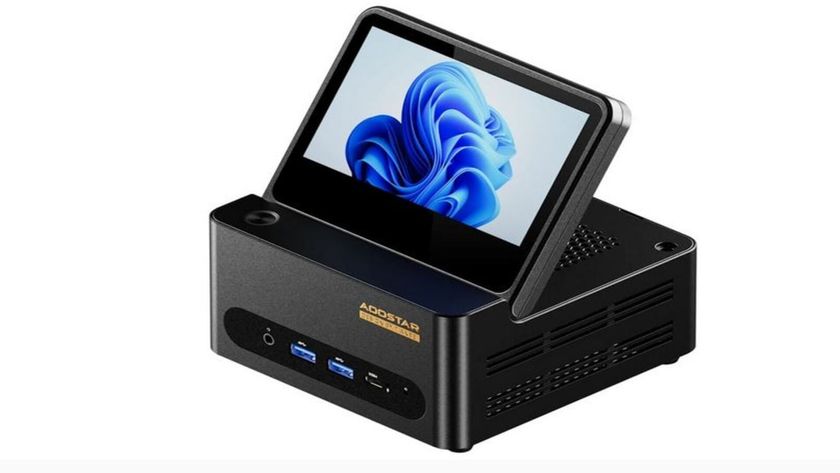New feature turns Google Pixel 4a and other Android phones into earthquake detectors
And give you early warnings of seismic activity
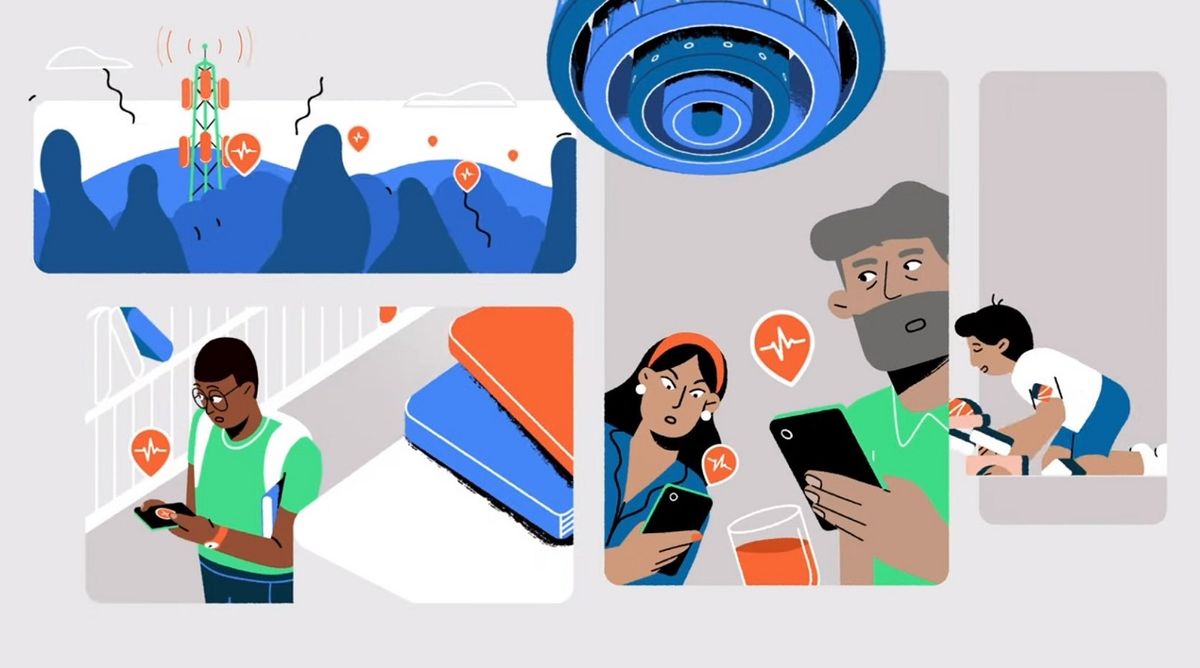
With a new software feature, Android phones will soon warn you when earthquakes are coming – and become part of the early-warning system itself. Conceivably, this will work with any phone packing an accelerometer, from the new Samsung Galaxy Note 20 to nearly every Android phone released in the last decade.
The new feature taps into an existing network that the United States Geological Survey (USGS) and California Governor’s Office of Emergency Services uses to send out earthquake alerts, called ShakeAlert.
Google collaborated with both organizations to integrate Android phones into this system, both to directly warn handset owners of seismic activity and to use the devices to track earthquakes as well, according to Android principal software engineer Marc Stogaitis writing on an official blog post.
- Android 11: what's coming in the next big Android version
- 36 hours with the Samsung Galaxy Note 20 Ultra: the new top Android smartphone?
- Best budget phones: the top handsets at every price tier
ShakeAlert gets data from over 700 seismometers across California, and understandably, Android users in the state will be the first to get the feature – but when they sign up for it, called the Android Earthquake Alerts System, they’ll be feeding data in, too, as mini-seismology sensors.
In effect, Google is growing its own network of Android phone owners who feed seismic data into the system, which can then sort it to figure out if an earthquake is happening and warn users appropriately. In the coming year, the early warning system will roll out to Android phone owners from other states and across the world – even places that don’t have proper seismometers, making Google’s phone-powered alert network the only advance warning system in parts of the world.
How does a phone sense earthquakes?
Phones use their onboard accelerometer to detect movement, and are sensitive enough to detect a particular type of seismic motion, called the P-wave, which comes before the more damaging S-wave of an earthquake, Stogaitis told Engadget.
Phones will send such seismic data to the Android Earthquake Alerts System, letting Google crowdsource enough information to determine when and where earthquakes are hitting, and alerting Android users accordingly. Given phone signals essentially travel at the speed of light, the system should be able to inform users ahead of when an earthquake hits, assuming everything works as intended.
Get daily insight, inspiration and deals in your inbox
Sign up for breaking news, reviews, opinion, top tech deals, and more.
Google will also populate search results with this info – so if anyone searches for ‘earthquake’ or ‘earthquake near me’, the results will show relevant results for the area and suggest helpful resources for what to do after an earthquake, per the official blog post.
- Stay on top of tech news by signing up for the TechRadar newsletter
David is now a mobile reporter at Cnet. Formerly Mobile Editor, US for TechRadar, he covered phones, tablets, and wearables. He still thinks the iPhone 4 is the best-looking smartphone ever made. He's most interested in technology, gaming and culture – and where they overlap and change our lives. His current beat explores how our on-the-go existence is affected by new gadgets, carrier coverage expansions, and corporate strategy shifts.
